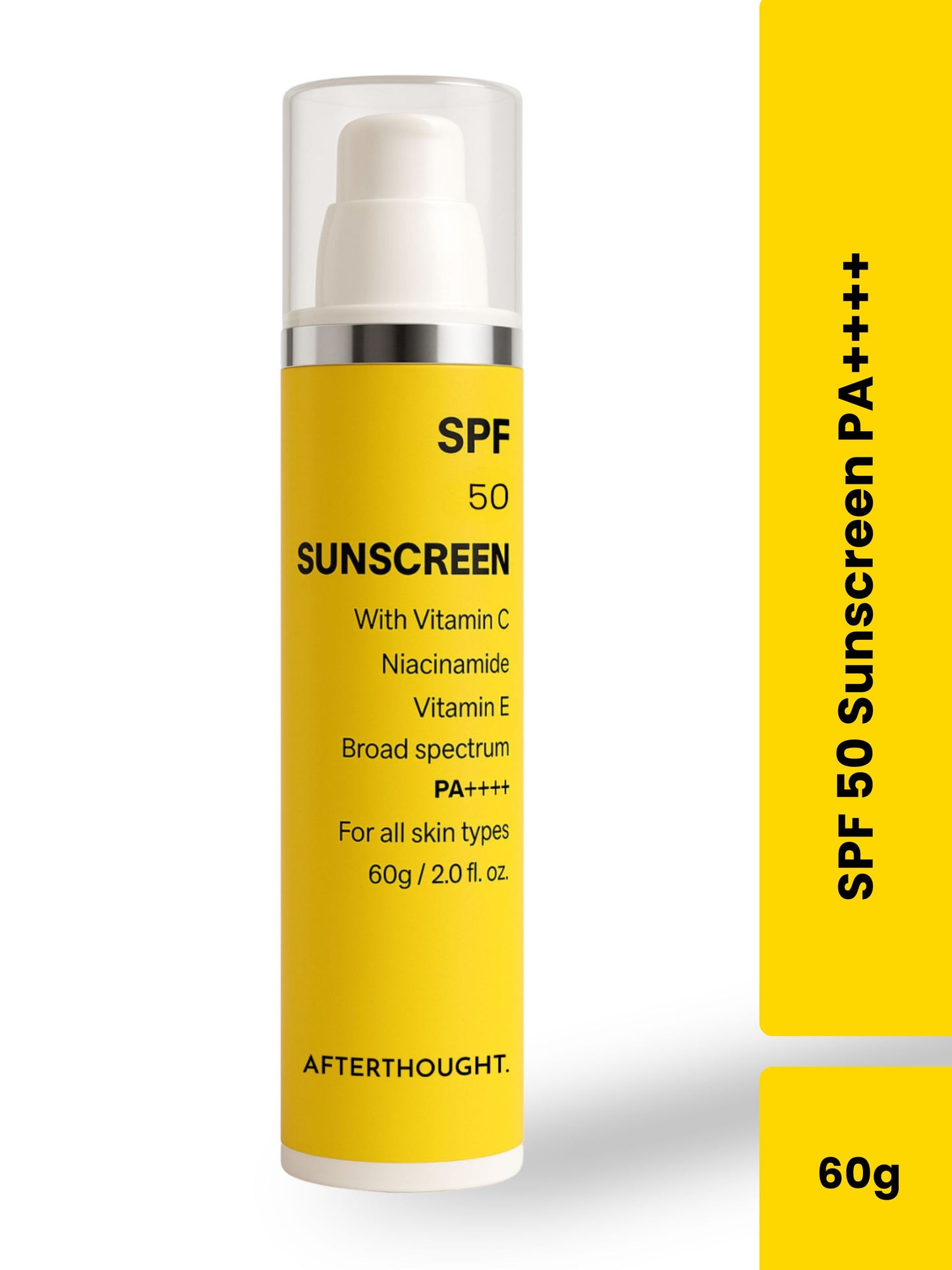What Is The Best Sunscreen For Combination Skin?
When it comes to protecting your skin from harmful UV rays, choosing the right sunscreen is essential. For those with combination skin, the challenge lies in balancing the different needs of the oily and dry areas on your face.
Combination skin typically features an oily T-zone (forehead, nose, and chin) and drier patches on the cheeks and jawline.
To address these diverse needs, a well-formulated sunscreen can make all the difference. Here's a comprehensive guide to help you find the ideal sunscreen for combination skin.
Understanding Combination Skin
Combination skin requires a thoughtful approach to skincare, particularly when it comes to sunscreen. The goal is to provide adequate protection while addressing both the oily and dry areas of your face. An effective sunscreen for combination skin should:
- Balance Oil Production: It should help control excess oil in the T-zone without over-drying.
- Hydrate Dry Areas: It should offer moisture to the drier regions of your face.
- Provide Broad-Spectrum Protection: It should shield against both UVA and UVB rays.
- Be Non-Comedogenic: It should not clog pores or exacerbate acne.
Key Ingredients to Look For
1. Mineral Ingredients: Sunscreens containing zinc oxide or titanium dioxide are often recommended for combination skin. These mineral ingredients provide broad-spectrum protection and are less likely to irritate or clog pores compared to chemical sunscreens.
2. Hydrating Agents: Look for sunscreens that include hydrating ingredients like hyaluronic acid or glycerin. These components help maintain moisture balance without adding excess oil.
3. Oil-Absorbing Components: Ingredients such as silica or dimethicone can help absorb excess oil in the T-zone, preventing a greasy appearance while keeping the skin comfortable.
4. Lightweight Formulas: Gel-based or water-based sunscreens are usually a good choice for combination skin. They tend to be lighter and less greasy compared to cream-based options, making them suitable for both oily and dry areas.
Application Tips
1. Apply Evenly: Ensure that the sunscreen is applied evenly across all areas of your face, including the oily T-zone and dry patches. This helps achieve balanced protection and hydration.
2. Layer with Moisturizer: If you use a separate moisturizer, apply it first before the sunscreen. This allows the sunscreen to form a protective barrier over your skin without interfering with the moisturizer's effectiveness.
3. Reapply Regularly: Sunscreen should be reapplied every two hours, or more frequently if you're sweating or swimming. This ensures continued protection throughout the day.
4. Patch Test: Before committing to a new sunscreen, perform a patch test to check for any adverse reactions, especially if you have sensitive areas on your face.
Choosing the Right Sunscreen Texture
1. Gel-Based Sunscreens: These are often preferred for combination skin due to their lightweight, non-greasy texture. They absorb quickly and leave a matte finish, which helps control oil in the T-zone.
2. Water-Based Sunscreens: Water-based formulations are excellent for providing hydration without adding extra oil. They are suitable for all skin types, including combination skin.
3. Cream-Based Sunscreens: While typically more hydrating, cream-based sunscreens can sometimes be too heavy for the oily parts of combination skin. If you choose a cream, opt for a light formulation to avoid a greasy feel.
Conclusion
Selecting the best sunscreen for combination skin involves finding a product that balances hydration with oil control while offering effective sun protection.
By focusing on mineral ingredients, lightweight textures, and hydrating agents, you can ensure that your sunscreen meets the diverse needs of combination skin.
Remember, consistent and proper application is key to maintaining healthy skin and protecting it from sun damage.
Also Read: Which SPF Sunscreen Is Best For Indian Skin?









